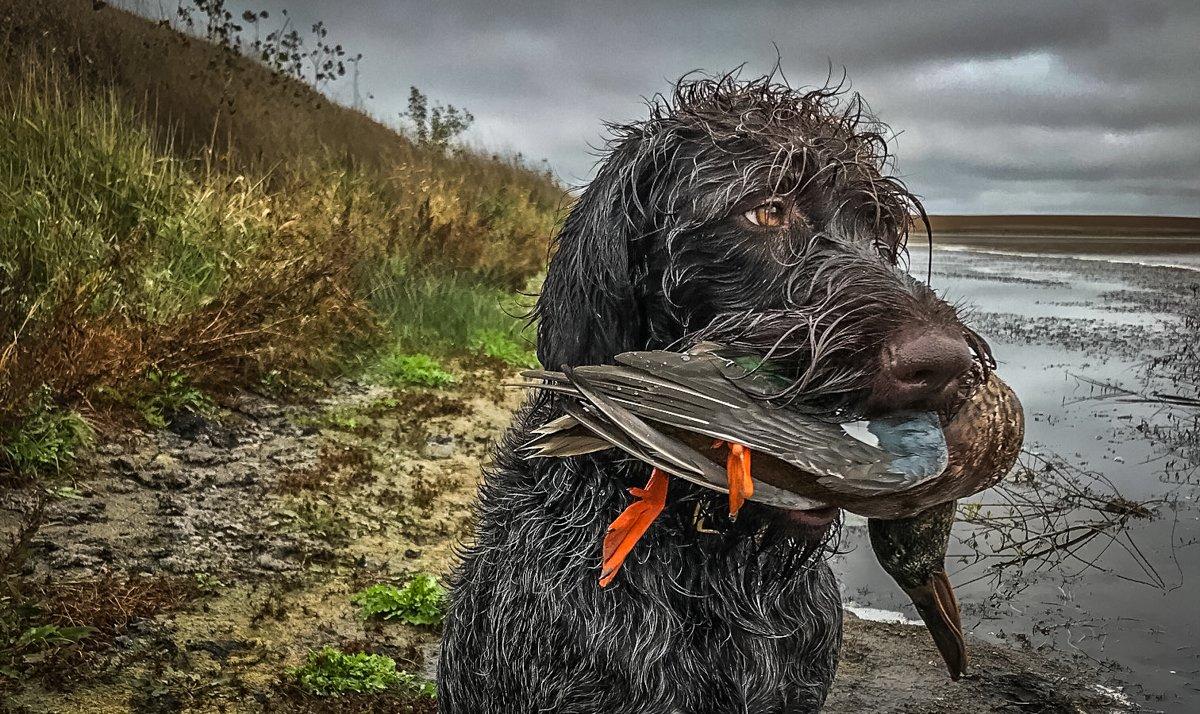Are You a Spoonie Snob? Here's Why the Northern Shoveler Deserves Respect
Aw, it's just a spoonie.
How often have you heard that when a hunting partner picks up a duck or accepts one from an excited retriever, and that duck in hand turns out to be a northern shoveler? Perhaps you've even uttered and muttered similar words.
Maybe it's the big, clownlike bill. Perhaps it's the drab eclipse plumage most of us see on spoonbills during hunting season. Maybe it's because spoonies are not always the wariest ducks in the marsh. Or maybe it's the perception of the way shovelers taste.
Whatever the reasons for being a little sad when you shoot a spoonbill, it's OK. Old misconceptions die hard. But they can die — or at the least fade some.
Let's make the case for respecting the northern shoveler a little more, and for not being so disappointed when one finds its way onto your next strap of ducks.
Just a Big Teal
What other duck does a spoonbill's powder-blue shoulder patches remind you of? Oh, and by the way, that other duck shares a genus name — Anas — with the northern shoveler.
The answer, of course, is the blue-winged teal. Bluewings and spoonbills are extremely closely related as anchor members of the teal family.
If you like teal, it's OK to like shovelers. They're in the same family of ducks. Maybe northern shovelers would be more popular had they been named spoon-billed teal.
The Bill Is Really Rather Cool
You can't deny it: That bill is a pretty cool physical feature. Study it sometime. It's lined with more than 100 filament-like projections called lamellae, which filter tiny plant and animal life as food.
Contrary to popular belief, shovelers don't use that spoon-shaped bill to dig up muck and eat the dregs of food out of bottom sediment. In deeper water, spoonbills submerge their heads and use their bills to filter plankton and tiny greens. In shallower water, a spoony's bill merely stir the surface of the bottom, filtering out the seeds of rushes, smartweed, cypress, celery grass, wild rice, water millets and other savory plant goodies.
Passing the Taste Test
I have cooked spoonbills right beside blue-winged teal and never had a dining guest tell the difference between the two. The myth that spoonbills taste bad just doesn't hold water in most cases.
Decoys Well
Spoonbills usually aren't shy about decoying. Most species of duck decoys work just fine, but mallard blocks seem especially effective on northern shovelers. Spoonbills will turn and come to mallard quacks and chuckles.
Drops Dead
A duck that soars high, works nicely, set its wings and sails in, and then drops like a stone and seldom twitches on the water — what's wrong with that? Spoonbills aren't especially difficult to kill, and only it only takes a BB or two to bring one down for good. They are larger than bluewings but smaller than mallards. Male spoonies are about 1.5 pounds, and hens are a feather smaller.
Handsome Spring Devil
Shovelers are strong midseason migrants, usually travelling through after bluewings and redheads but before the big mallard and bluebill push. Think wigeon and ringbill time.
If you're not a fan of the spoonbill's drab appearance in fall, that's understandable. Spoonbill drakes are late-bloomers to color up, and few Northern or mid-America hunters have the chance to take a fully plumed northern shoveler drake. Some Southern hunters might at the end of a late season. Sometimes, late drake migrants show dark heads and a little rust on their sides.
But if you get the chance in spring, get out to spoonbill country and take in the sights of the stunning drakes, with their green heads, bright yellow eyes, white chests and rusty flanks when they return to the marshlands.
Can Save the Day
Sometimes, spoonbills are the only duck in town. I've experienced that several times when arriving on South Dakota's prairie coteau a little early for the big mallard push. So we shot shovelers in the mornings and chased roosters in the afternoons, calling it good.
I ate a lot of spoonbills that winter, and you know what? They reminded me of the smell of the marsh, the whistle of wings, the howl of the prairie wind and the thrill of the hunt, just like any other duck would.
Click here for more Realtree waterfowl hunting content. And check us out on Facebook.








